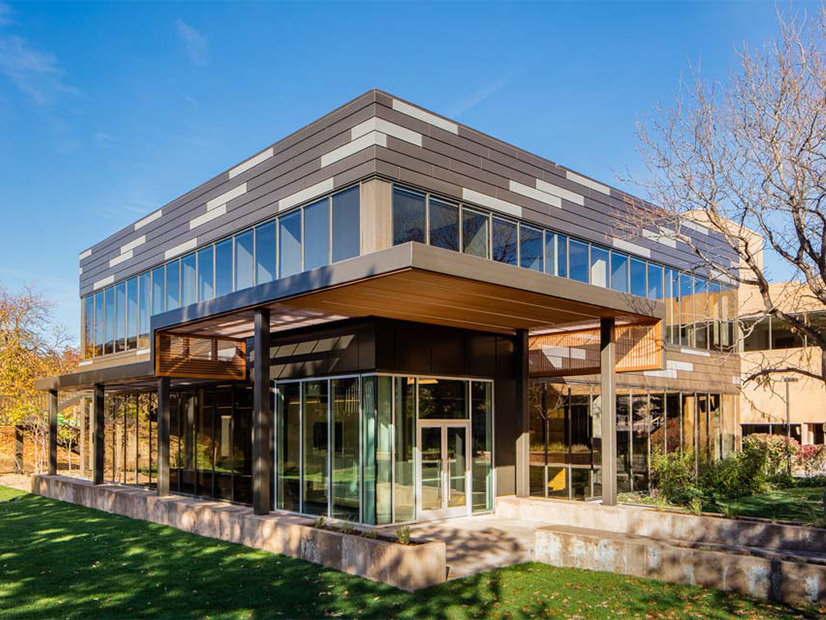
Five years ago, load growth from transportation electrification was a major issue for policy makers, according to speakers at a WECC webinar. Now the focus has shifted to data centers.
“Over the last year or so, the data center growth has become one of the major challenges for this industry,” said Branden Sudduth, WECC’s vice president of reliability planning and performance analysis, who noted the centers can consume as much as 3 GW of energy.
“That’s just massive loads that we’re not accustomed to seeing come onto the grid,” Sudduth said.
The discussion came during a WECC webinar Aug. 7 on emerging risks to reliability in the West.
In its 2023 Western Assessment of Resource Adequacy, WECC projected the region’s demand would increase 16.8% over the next decade, nearly double the 9.6% growth predicted in its 2022 assessment. The 2023 assessment said the biggest driver of the increased demand is the expansion of data centers, especially in the Northwest.
Data center growth also is expected in other parts of the Western Interconnection. In its integrated resource plan filed in May, NV Energy said more than 3,000 acres of industrial land had been purchased in Northern Nevada last year for data center development.
In addition to needing large amounts of energy to process data, data centers require significant cooling, which further increases load.
New Generation Lagging
During the WECC webinar, Sudduth said the data centers can come online as quickly as 18 months, or even sooner if infrastructure is in place.
“What we know for sure is that generation doesn’t get built that quickly,” said Kris Raper, WECC’s vice president of strategic engagement and external affairs.
Although an increasing amount of generation is being planned each year, much of that is not materializing, Sudduth said.
For example, he said, 14 GW of new energy resources were expected to come online in the Western Interconnection in the first half of 2023. But by the end of 2023, only 55% of those resources had been added.
Projections of new resources for the following two years were even greater: 17 GW in 2024 and 28 GW in 2025, said Sudduth, who noted the figures were near-term forecasts for resources close to or in the construction phase.
“We’re getting more and more aggressive with the amount of generation that we’re expecting to bring online,” Sudduth said. “But up to this point, we don’t seem to be able to keep up with that aggressive growth.”
Sudduth attributed the delays to supply chain issues, which are making it difficult to get equipment such as transformers. And increasing costs are “forcing people to rethink when and if they’re going to build certain resources,” he said.
One way the generation gap is being filled is through resource retirement delays, Sudduth added.
EV Concerns
Raper, who noted that data centers had taken over from transportation electrification as a hot topic among policymakers, said both sources of load growth remained on WECC’s radar screen.
“We’re trying to watch all of it,” Raper said. “Because all of the things are going to have an impact on reliability to the grid.”
Sudduth said one aspect of EV adoption that makes him nervous is long-haul trucking.
“[Truck drivers] are not going to want to sit around all day and charge their vehicle, and so it’s going to require massive amounts of power to get those long-haul trucks charged quickly,” he said. “What does that do to load forecasts?”


